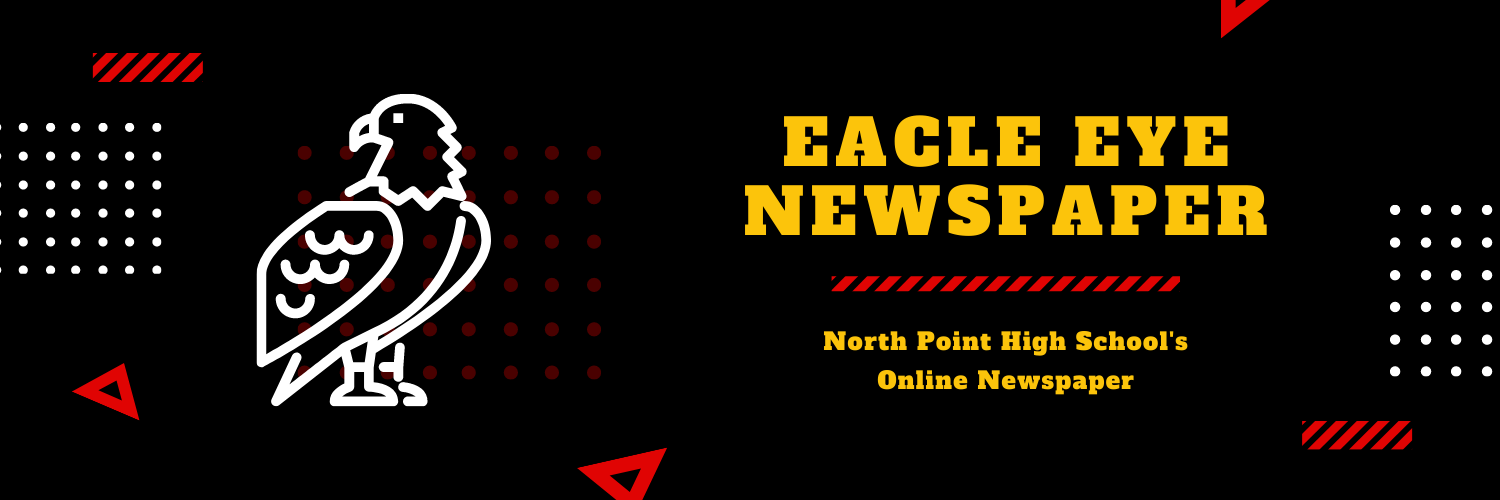In July 1958, a man and woman were arrested in the middle of the night for their “illegal” marriage. Although their marriage certificate hung on their bedroom wall, their union was considered unlawful in their home state of Virginia, as well as fifteen other states at the time. The man, Richard Loving, was white. His wife, Mildred, was black.
The Lovings sued the state of Virginia, and that case eventually went to the Supreme Court. It was determined that the prohibition of interracial marriages was unconstitutional, and each of the sixteen states with anti-miscegenation laws were ordered to overturn their respective marriage bans. The Lovings were finally allowed to lead a free life together.
Almost 40 years later, James Ball and Lauren George met at Westlake High School. Unlike the Lovings, the Balls didn’t have to worry about jail time or nonsensical fines when they were together, so the two dated openly. Coworkers and friends fully encouraged the new couple. “We met in ’96. We’ve been married twelve years,” says Lauren George, now Mrs. Lauren Ball, a Social Studies teacher at North Point.
“We had common friends, so that wasn’t an issue at all,” Art teacher Mr. Ball said. “We all hung out in the same group.”
“Everybody’s always been accepting and I guess we don’t look for it,” added Mrs. Ball. Even if their colleagues did disagree with their relationships, friends and acquaintances are easy enough to ignore. Family members, on the other hand, are an entirely different story. A loved one’s opinion has weight. But luckily, the Balls didn’t have to endure any scrutiny from their loved ones.
Mrs. Ball said that her family was a little hesitant at first, but it didn’t last very long once they got to know him. Mr. Ball’s family reacted similarly. He said, “My dad grew up in a different era. It’s not like he was upset or anything, but my father doesn’t voice his feelings a lot. But once he got to know her, everything was fine.”
And then there was the coup de gras, the opinion of all opinions—Mrs. Ball’s mother-in-law. “My mom didn’t have a problem with it. I was brought up to treat people the way you wanted to be treated; then everything will take care of itself,” Mr. Ball said. “She just wanted me to be happy.”
Having the reassurance of their families has definitely helped the Balls step out with confidence into an imperfect and at times prejudiced society. Mr. Ball says it’s up to the parent to instill that same confidence in their children. “[Our kids] know both sides of their heritage and they’re proud of that. That’s the most important part,” he explains. “I’ve seen some kids go through some real struggles with that, but they don’t know who they are. I think our kids understand where they’re from.”
In the past, interracial children were a novelty–not exactly rare, but not yet a common occurrence in the America of the 1960s and ‘70s. However, in this day and age biracial kids can be seen regularly in North Point’s hallways. As a result, the Ball’s two children have a very different perspective growing up in the 21st century.
“Our kids don’t know any different. They are who they are,” Mrs. Ball says simply. “They go to school at Diggs, which is very much a blend of all different shades of brown. We haven’t had any issues yet. I know as they get older we may encounter some.” In the meantime, their children are content and happy as they are. “I think they’re very proud of who they are; where they come from,” she concludes. “They’ve got the best of both worlds.”
“People can say whatever they want behind your back, it doesn’t really matter,” Mrs. Ball continues. “But I’ve never had anybody openly be rude or condescending or anything like that. Sometimes people are surprised, when they know me and they find out I’m married, or vice versa.”
It doesn’t matter to Mr. Ball either way. He doesn’t allow outside opinions to affect his marriage, or his family life. “I don’t really look at how people perceive us; I really don’t care,” he says firmly. “When I was in high school there were only a few couples. Now it’s much more accepted. It’s come a long way, since twenty years ago,” Mr. Ball comments.
Proof of that can be seen just walking down North Point’s hallways—interracial couples litter every tucked away corner or deserted hallway in the school during a typical NEST hour. One couple, Sam Corsey (’13) and Nick Messner (’12), met this past fall during Powder Puff football.
Their friends were quite encouraging of the two getting together. “They whistled down the hallway whenever we were together,” Corsey relates.
Their families were fairly supportive, too. “I think nowadays they’re so many interracial couples that’s it’s not such a huge deal anymore,” Corsey adds.
The Balls, Corsey and Messner agree that location can also be a determining factor in others reaction’s to interracial relationships. “In different places, where it’s not as diverse as it is here, it’s not as acceptable,” Messner said. “It doesn’t really matter to me. I don’t really see color.”
And as Corsey and Messner sit together, arguing over who hit on who first, their romance is just like any other should be—easy, natural, and not defined by others’ expectations, prejudices, or opinions.



